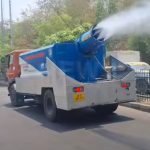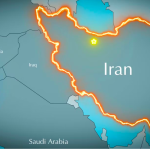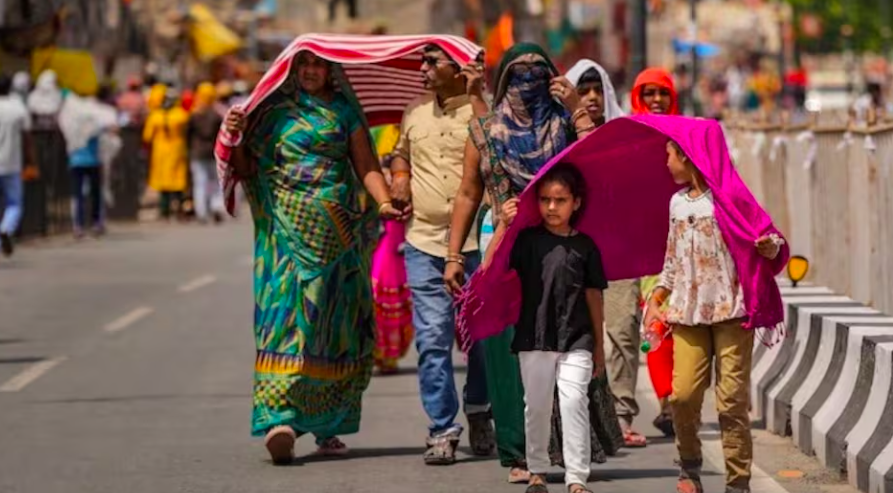New Delhi: High temperatures in excess of 45 degrees Celsius hit the north of the country on Monday as a heatwave persisted over the region. According to the India Meteorological Department (IMD), there is little in the way of relief in sight, with sweltering temperatures prompting red alerts and causing health and safety warnings to be issued.
The condition is most serious in Rajasthan, as per the IMD data. Sri Ganganagar became one of the hottest places in the region with a maximum temperature of 47.3 degrees Celsius. In the neighbouring state of Haryana, Sirsa registered a maximum of 46.4 degrees Celsius, underlining the extensive nature of the extreme heat.
In view of these hazardous weather conditions the IMD has put Rajasthan on a red alert. This is the highest warning level which means very dangerous heat wave and dust storm conditions in the state for 2-3 more days. The extremity of the heat coupled with the potential of wind-blown dust is especially hazardous, especially for sensitive populations.
It’s not just the desert state witnessing a severe heatwave. The IMD has predicted that heatwave conditions are very likely to occur at isolated places in Jammu-Kashmir, Haryana, Chandigarh, Delhi, Madhya Pradesh, Punjab and Uttar Pradesh today. Bihar, Saurashtra and Kutch will also reportedly get hot and sultry conditions, which will only increase common man’s woes in these regions as well.
While the north is reeling under scorching heat, the weather system is bringing in contrasting weather conditions to the southern peninsula. Heavy to very heavy falls at isolated places over Coastal Karnataka, Kerala, Mahe, Konkan, Goa, Tamil Nadu, Puducherry and Karaikal is also expected, the IMD said.
This split weather type is a testament to how diverse and mixed up the weather is across the country right now. The continued hot weather in the north requires increased vigilance, the following of the safety instructions and the readiness for medical emergencies, especially where the red alert remains in force. The IMD will continue to keep an eye on the situation and issue updated forecasts.











Add Comment